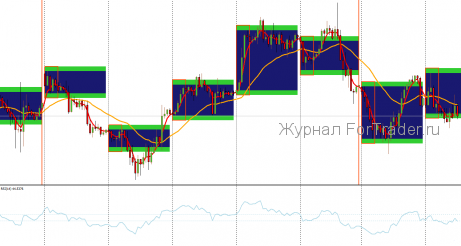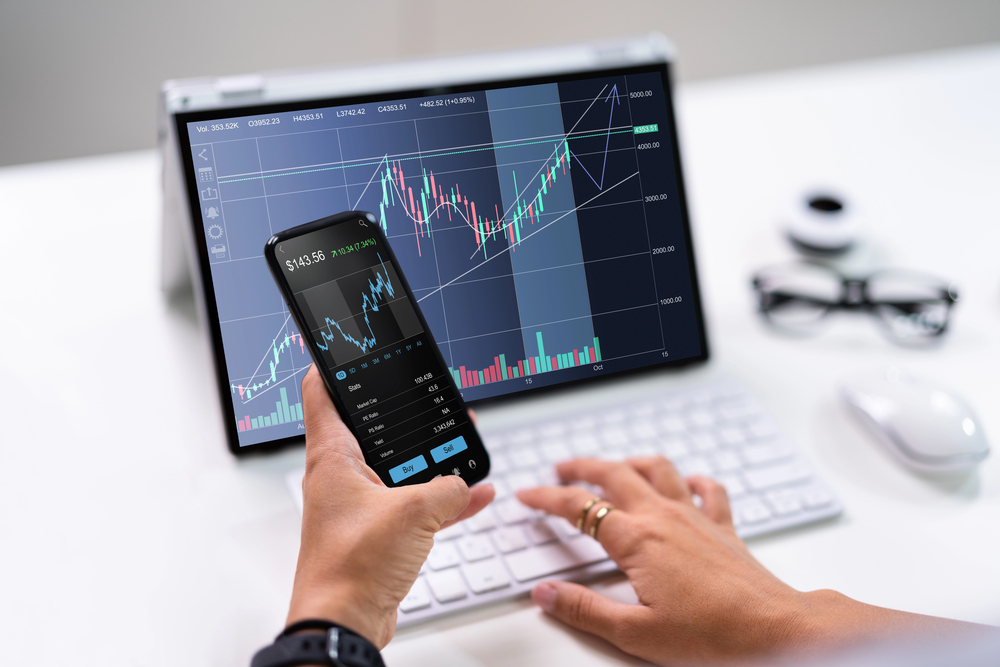Creating your own forex trading strategy is the dream of every trader, but the path to it is rarely simple. Many begin with a random set of indicators downloaded from the internet and try to find a magical combination that will always show accurate entry and exit points. However, in reality, a trading system is not just a set of tools, but a coherent logic of actions, where each element has meaning and its place.
Indicators are only part of this logic. They do not predict the market, but help you see patterns and filter out noise. For a system to truly work, it is important not just to choose popular tools, but to understand how they interact with each other and build a stable decision-making structure from them.
Contents
- What is a trading strategy and the mistakes in building it
- Groups of indicators
- How to combine indicators with each other
- Examples of standard but working trading systems
- The role of risk management
What is a Trading Strategy and the Mistakes in Building It
A trading system is a set of rules that helps a trader make decisions about opening a forex trade without unnecessary emotions. It answers simple but critically important questions: where to enter the market, where to exit, how to control losses, and when not to trade at all. Unlike impulsive trading, a system sets a sequence of actions, which makes the process conscious and manageable.
A good system is always built on balance: there is a technical part—indicators, levels, signals—and there is a management part—risk, capital, discipline. Together they create a single mechanism that allows you to trade stably, not randomly.
It would seem that everything is simple and clear. But in reality, it is not. Every trader tries to create a good trading system, but not everyone succeeds. And most often due to three main mistakes:
- Redundancy. Beginners often place ten indicators on one chart, hoping that the more signals, the more accurate the forecast. In reality, this creates chaos: indicators contradict each other, signals lag, and the trader stops understanding what to believe.
- Choosing indicators without understanding their purpose. Many download trendy tools without understanding what exactly they measure. For example, RSI and Stochastic both show overbought and oversold zones, and duplicating them makes no sense.
- Belief in universality. Indicators work differently on different markets and timeframes. What works great on daily currency charts may be useless on minute-level stock charts.
Groups of Indicators
All indicators are conventionally divided into several groups, each of which performs its own task.
- Trend indicators show the direction of movement and help determine whether you should look for buys or sells. Classic examples are moving averages and ADX.
- Oscillators measure the strength of fluctuations and help find reversal zones. RSI, Stochastic, or CCI show when the market is overbought or oversold.
- Volume indicators analyze the activity of market participants—for example, OBV or Volume Profile help understand where large players are concentrated.
- Volatility tools, such as Bollinger Bands or ATR, assess the strength of price fluctuations and help calculate the width of stops.
Each type shows part of the picture, and only a combination of several approaches gives a complete understanding of the market, so we select indicators accordingly from different groups. For example, in the MT4 terminal from the “trend” group we select Moving Average. From the “oscillators” group we select the Relative Strength Index, which will give signals of overbought and oversold conditions in the market, divergence (discrepancy of extremes on the price chart and the indicator chart). During sideways movement we use the RSI indicator, on trending sections—the moving average.
For different timeframes, indicator readings will be different. On an hourly chart, price may be in an uptrend or downtrend, while on a daily chart it may be in a sideways channel. For short-term and medium-term trading, use the appropriate periods.
How to Combine Indicators with Each Other
The key principle is not to duplicate, but to complement. If two indicators give the same information, you should abandon one. For example, a combination of a moving average and MACD is pointless if both indicate a trend. It is better to add an oscillator like RSI to filter out false entries during overbought moments.
The ideal pair is one indicator showing direction and another confirming the entry moment. Sometimes a third tool is added to assess volatility or volumes to understand how strong the movement can be.
It is important not just to use standard settings. Parameters need to be adapted to the specific instrument and timeframe. What works on EUR/USD may give false signals on gold or oil.
Examples of Standard but Working Trading Systems
It is worth noting one more tool that signals the presence of a pronounced trend or correction. This is the Alligator, which can be found in the “custom” group.
So, we compose the first set of indicators for more profitable trading in the forex market.
- Relative Strength Index;
- Moving Average;
- Alligator.
At first glance, everything looks quite simple. While moving averages indicate trending movement, we trade with the trend. If the Relative Strength Index reflects divergence (a very strong signal) or overbought or oversold conditions (weaker signals), and the Alligator’s “mouth” closes, then we sell. If the market is oversold—we buy. Sometimes, despite strong oscillator signals, the trending movement continues. The newly opened Alligator’s “mouth” will suggest that we need to use the trend indicator again.
By analogy, we can compose another set of helpers.
- Bollinger Bands indicator;
- Stochastic Oscillator indicator;
- Ichimoku indicator.
When developing a profitable strategy, the Ichimoku indicator in conjunction with candlestick analysis can become one of the trader’s main helpers. It works well on both trending movements and corrections. The only additional condition when working with this tool is selecting settings on different time intervals. Since Ichimoku was originally created for analyzing daily and weekly charts, when using it on lower timeframes, you will need to select settings experimentally. Reversal candles (“falling star,” “hammer,” “bullish and bearish engulfing,” “three black crows”) together with Ichimoku signals will confirm a trend change.
Particularly valuable for successful trading will be a deeper study of a set of 2-3 forex indicators on charts of various trading instruments, rather than trying to “embrace the infinite.”
The Role of Risk Management
And finally. Even a perfectly constructed system will not save you from losses if you ignore risks. Each entry should be protected by a stop-loss, and the position size should be calculated in advance. A strong system does not strive for maximum profit, it protects capital.
Indicators can suggest direction, but only risk management will keep your account in the black over the long term. Successful traders do not think about how to earn more, but about how not to lose too much when the market goes against them.












